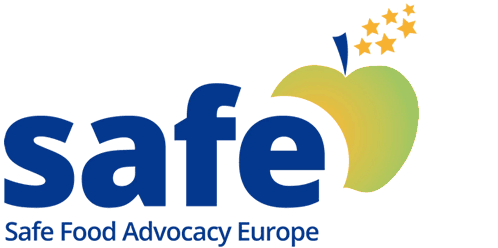European Commission releases study on children exposure to marketing of high in fat, salt or sugar (HFSS) foods
12 July 2021
On July 8th, 2021, DG SANTE released its final report on the exposure of children to linear, non-linear and online marketing of foods high in fat, salt or sugar.
The goal of this study was to quantify such a marketing exposure in order to develop instruments to address the problem and ultimately fight youth obesity. This report coincides with the 2014-2020 EU Action Plan on Childhood Obesity, which aims to specifically tackle the issue of the marketing of foods high in fat, sugars and salt targeting children.
The study aimed to specifically investigate on:
– the average exposure of children to online marketing of HFSS foods
– the share of exposure to advertisement for products such as fruits and vegetables compared to that of HFSS foods
– the type of marketing at hand, whether it be online, linear or non-linear audiovisual services (i.e. on-demand programmes)
– the extent to which commercial communication of HFSS foods tends to be appealing to children
– the overall industrial expenditure for this purpose
– the current restrictions in place (whether they be legislation or operator self-imposed measures).
The report, which starts off by recalling that 1 out of 3 11-year-old is overweight or obese in the EU, makes a causal link between increased sedentariness of lifestyles (i.e., time spent in front of the television or on the internet) and increased exposure to HFSS foods marketing.
Results-wise, the study shows that while only 3.1% and 1.7% of all advertisements destined for children concerned food and drinks, roughly 90% of the 9 to 17-year-old children had been exposed to advertisements for food and drinks in the two weeks preceding the survey. Additional data demonstrate that in 2017, average children aged 4 to 17 are exposed to 4.7 spots per day promoting HFSS foods, drinks or fast-food products. Most ads respondents recall them being for ‘sweet snacks’, ’soft drinks’, ‘flavoured milk drinks’ or fast-food meals.
The interviews ultimately showed that platforms such as YouTube can play a large role in HFSS advertising exposure.
Concurrently, healthy food ads were proven to be far less present, with their share representing 6-8% of ads in Sweden, 4-5% in Romania, and going as far as being null in some member states like Lithuania.
However, the report emphasizes that children were not specific targets of HFSS television spots, as most spots tend to be directed towards the general public. This is explainable by the fact that the revised Audiovisual Media Services Directive (AVMSD) bans such targeting practices. The study therefore focused on researching whether communication can be described as ‘appealing’ to children. 48% of HFSS ads are considered to be to some extent appealing to this population group. 12% were deemed particularly appealing to children under 12, by starring child protagonists or animated characters doing fun activities. 10% were considered appealing to teens aged 13 to 17, by representing teenage protagonists hanging out after school.
The last part of the study discusses current frameworks in place to regulate such practices. It specifically states that the amended AVMSD has arguably helped lower exposure by fostering co-regulation and self-regulation, by namely setting a definition for restricted foods and beverages or the type of services to which regulations apply. Other instruments such as self-regulatory codes and other practices taken as part of the EU Pledge have helped ensure that the positive quality of such foods not be wrongfully broadcasted.
Ultimately, this report goes to show that none of the measures in place at the EU, national or industry levels can grant full protection to this group. There is still a lot to be done on labelling and marketing rules in order to protect children from exposure to HFSS foods and empower them to opt for healthier diets.



